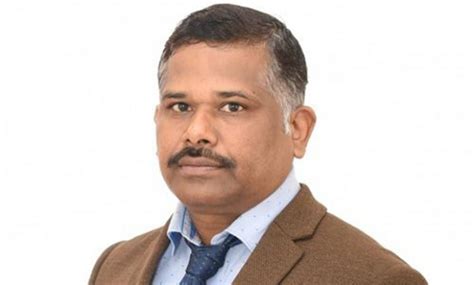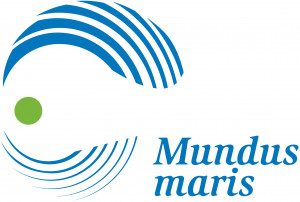Small-scale inland fisheries of India primarily take place in rivers, lakes, floodplain wetlands, reservoirs, and estuaries upon which 23.12 million fishers depend for their livelihoods and nutritional security. Inland fisheries are affected by multi-dimensional impacts. In particular climate change, irrigation structures, encroachment from agriculture and urbanization, siltation, high fishing pressure, etc. are affecting their sustainability.

In his V2V lecture Dr. Pranaya Kumar Parida, a Scientist at the Central Inland Fisheries Research Institute (CIFRI) suggested that a number of social, economic, technological and ecological interventions can help address at least some of these issues. His talk focuses on the initiatives of the research institute to promote sustainability by responding to vulnerabilities and transitioning towards viability.
Originally scheduled as the monthly lecture for September 2023, the talk had to be postponed to 6 October. Dr. Parida first listed the types of freshwaters in the Indian sub-continent and went on to provide an overview of their estimated annual production harvested from several million hectars of such inland freshwaters. Wetlands and reservoirs contribute approximately 40 percent of the total or 575,000 tons. He explained in some detail the size and conditions of wetlands and reservoirs in different states of the country, their ecological and food production role, among others. Wetlands are part of the river systems, but particularly vulnerable to climate change as they are shallow and thus subject to faster warming and drying up. As demand for fish and fishery products were high the researchers were actively looking for ways to increase productivity, particularly through water management, stocking, pen culture and rearing combinations of animals to make best use of different ecological niches.

In the attempts to increase not only fish production but also other sources of economic gains, Dr. Parida also mentioned systems diversified into combinations with tourism and other sources of income.
He went on to elaborate on efforts to increase catchable production from reservoirs through cage culture stocked with fry. He cautioned that these must occupy only a small part of the reservoir area as excess feed and warming waters will reduce water quality, a threat to production, if not kept in check. He also explained that production from rivers and running water could be affected by obstacles, not only big dams.
Watch the full lecture here.
Tra tradizione e modernità
- 2000 anni fa: la ‘vivaria’
- L’Oceano tra di noi
- La storia dello storione
- La Mosella: più che un fiume
- Mundus maris partecipa al 2024 World Fisheries Day organizzato dalla Canoe and Fishing Gear Association del Ghana (CaFGOAG).
- Challenges and Opportunities in the sustainability of Inland open water fisheries in India
- April V2V lecture – Vulnerability to Viability: Mind Matters
- Una occhiata a Marsaxlokk, il porto peschereccio tradizionale di Malta
- Intervista con Khady Sarr al porto artigianale di Hann
- Quello che le donne nella pesca artigianale di Hann hanno da dire
- Women in fisheries: Interview with Ms Ramatoulaye Barry, leader of a group of women fish mongers in Conakry
- Intervista con F. Soumah, leader della pesca artigianale
- Una deviazione nel porto di pesca artigianale di Boulbinet a Conakry, Guinea
